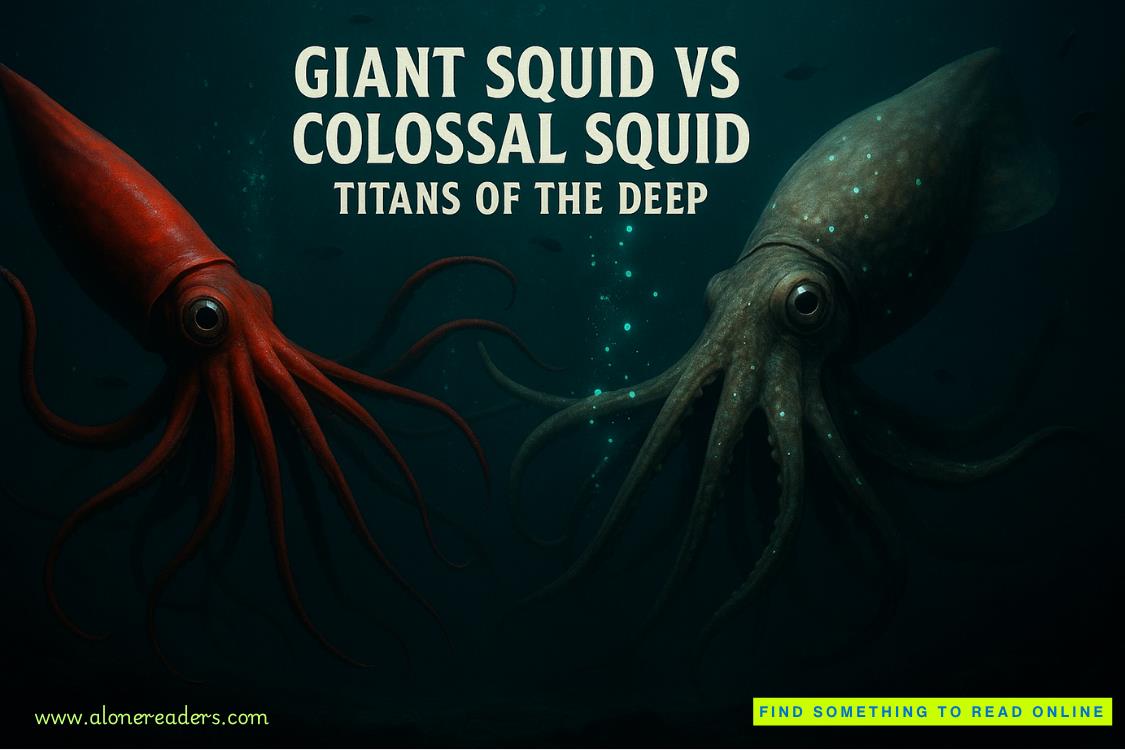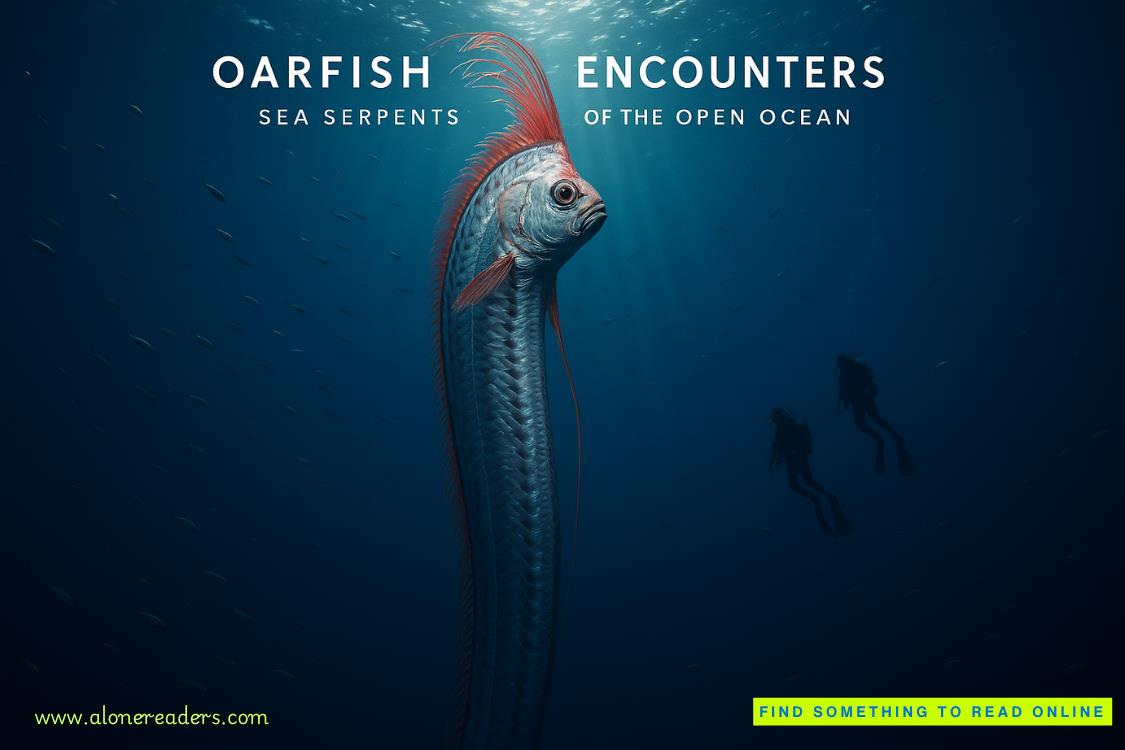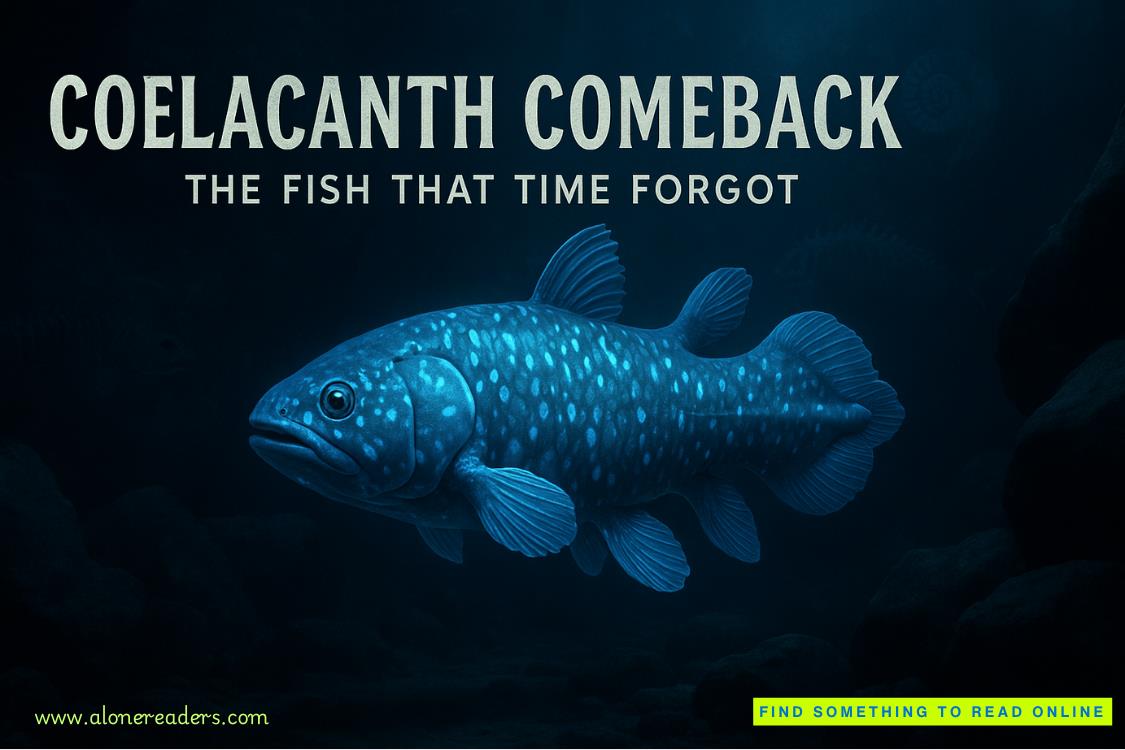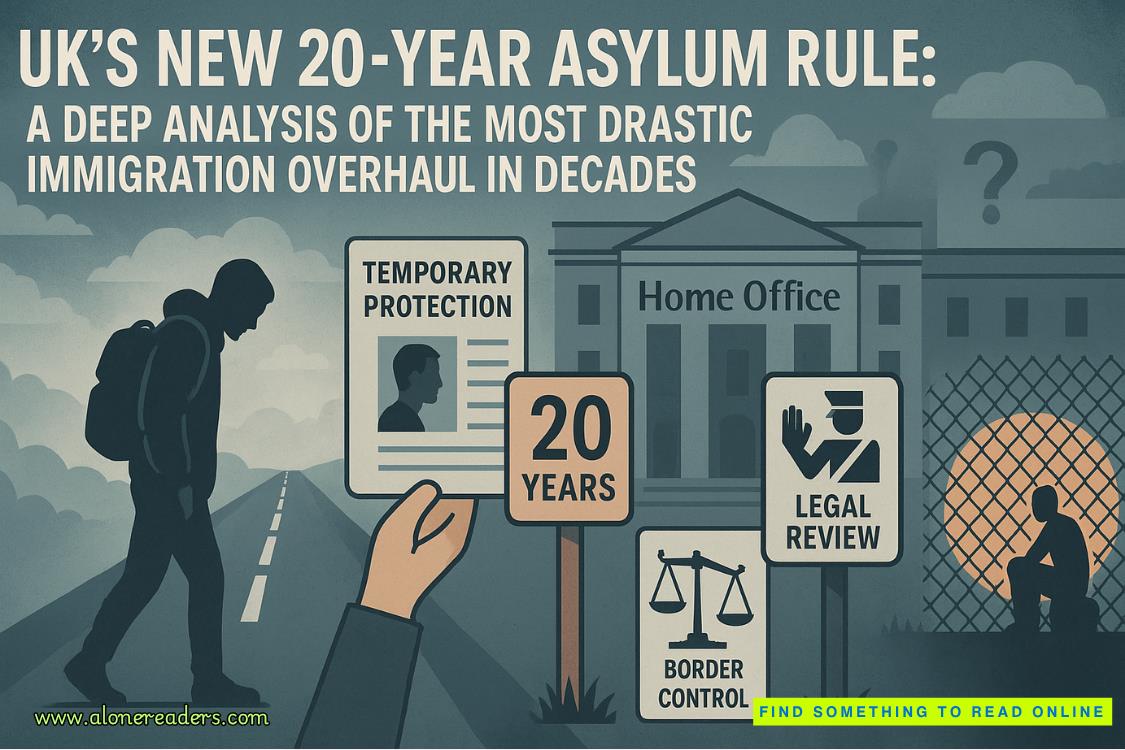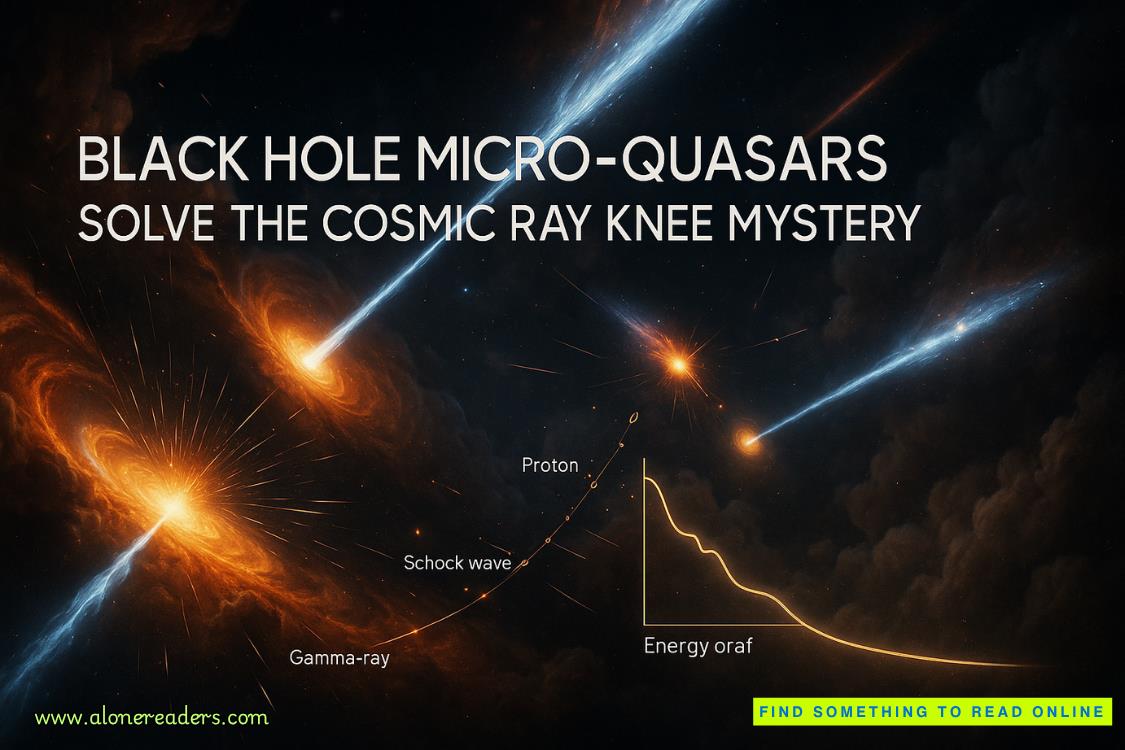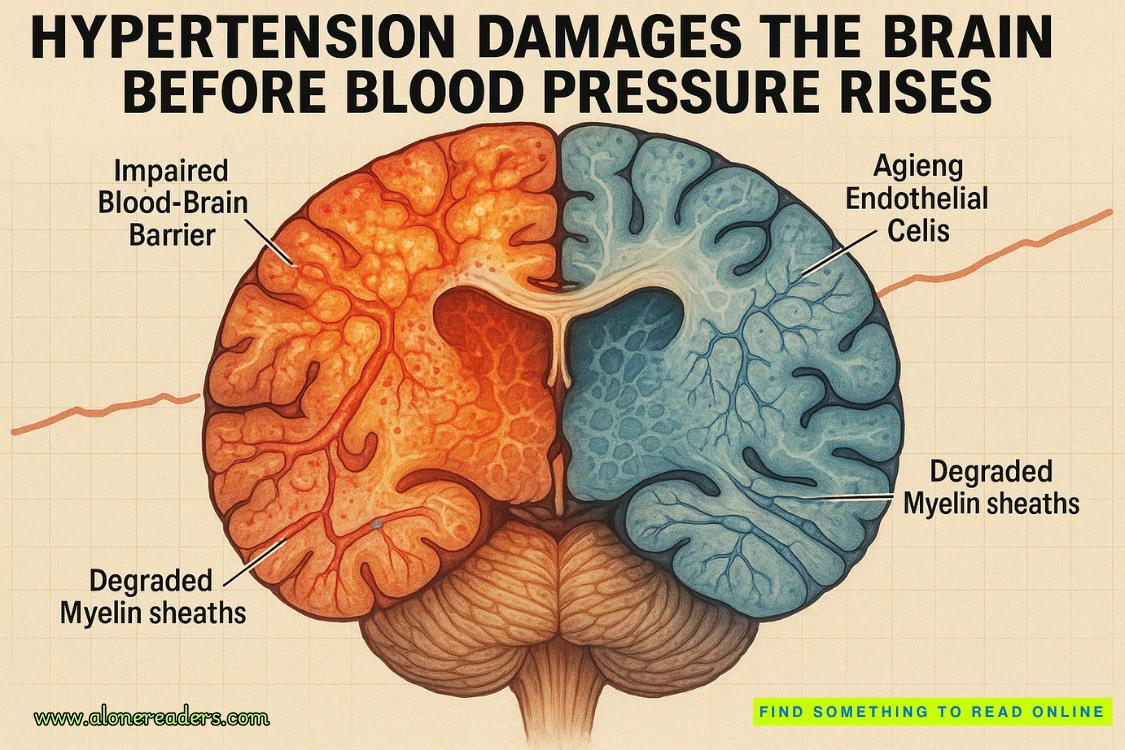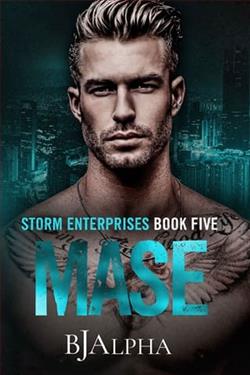Page 13 of Coram House
“The book was a mistake,” I say. It sounds like an excuse. Sweat prickles in my armpits. I just want to get up and leave, but I can’t. Not yet. “Look, whatever you think about my last book, I do actually care about the truth. This isn’t just about selling books.”
Officer Parker rests his elbows on the table and looks at me. The golden center of his eyes glow. “Is this how you do it?” he asks. “Convince people to give you what you want? You ask for their help telling the truth?”
He saystruthlike it tastes bad.
My stomach roils, but this time it’s anger. I’ve had enough. “Do you know what I’ve been doing for the last week? Reading depositions. From kids who were abused. Who saw others abused. I read testimony from one woman who saw a child pushed into the water and left to drown—and no one believed her. Can you imagine carrying that around with you?”
He leans back and says nothing. I riffle through my bag and take out a brown envelope, then open it and slide two photos across the desk, right in front of him. The first shows Sarah Dale, head tilted back in laughter. The other the children and nun standing beside the rowboat. I point.
“This woman is Sister Cecile. Sometime in the summer of 1967 or ’68, I believe she pushed a child into the water and watched him drown. And this girl”—I point to the photo of Sarah Dale—“saw it all happen. But no one believed her. She was locked in a wardrobe in the attic overnight as a punishment. She thought she was going to die. She was fourteen years old.”
Officer Parker picks up the photo. He turns it over, gently. The ink is faded so he holds it up to the window to read the name written there.Sarah Dale.I keep talking, wondering if any of this is sinking in.
“The people who did these things—none of them went to jail,” I continue. “Some of them are probably still out there. They just—moved on. While the kids at Coram House got—what? A couple thousand dollars in the settlement, if they were lucky. And a lifetime of shitty memories that no one wanted to hear about.”
He looks up at me then, and I think I’m finally getting to him. But when he speaks, his voice is granite. “And your book is going to fix it for them?”
Tears burn my throat. But I will not cry in front of him. I’m too tired to be having this conversation. Too many late nights reading about horrible things.
“You don’t like me,” I say. “Fine. And I get this is your home and I’m an outsider. I get that my last book was shitty and you wish that I wasn’t here or that I was someone better. But you haven’t read Sarah Dale’s testimony. She—” I pause, unsure how to explain the feeling of reading her words—like I was there watching it all happen.
“She saw a boy murdered and no one believed her. I know it’s been fifty years and I know it’s unlikely I’ll find out what happened that day. But I’m going to try. And I’d like your help.”
The silence drags on for five seconds, ten. Then he shakes his head and pushes the two photos back across the desk. As if the dismissal weren’t clear enough, he swivels his chair toward the window to stare at the smooth ice, the peninsula of Rock Point miles in the distance.
Right there, I want to say.He died right on the other side of that point, and no one cared.
I stand and slip the photos back into their envelope. I try to think of something to say that will sting, but my mind is a blank page. Instead, I turn my back on him and leave without a word.
I cross the parking lot so fast I’m nearly jogging. Reaching for the door handle of my car, I slip on a patch of ice and nearly go down, but somehow manage to half fall, half throw myself into the driver’s seat.
My breaths come in shallow gulps. There’s not enough oxygen in the car. I close my eyes and start reviewing things I can touch. The smooth leather of the steering wheel. The cold glass of the window. The tiny ridges on the radio’s volume knob. With each, my breathing slows until I can open my eyes again.
My second book has followed me for two years, but it can still ambush me like this, squeeze the air from my chest until I’m drowning. Because I should have known that book was a mistake from the beginning.
No, that’s wrong. I did know. But I wrote it anyway.
After the success ofThe Isle, I’d waded through true crime stories for months, waiting for the same spark I’d felt reading about the murders on Channel Isle. Meanwhile, I’d watched the money in our account dwindle. I’d ignored emails from my agent dropping references to my two-book deal. I’d shriveled with the worry that my first book had been lightning, striking only once. All the while, Adam had been getting sick—sluggish, losing weight, strange numbness in his legs—and I’d barely noticed.
Then my editor sent me an email about the unsolved murder of Madeline Curry, a sixteen-year-old girl who had disappeared in 1999. She was a lifeguard at a pond on Cape Cod. It was only her third week of work, but that summer was already sweltering, the pond jammed with children catching frogs, mothers standing up to their thighs in tepid water. On June 17, Maddy left the pond at five o’clock for the two-mile bike ride home, but she never made it.
The police assumed she’d gone off with friends and forgot to tell her parents in the way teenagers do. By the time they brought in bloodhounds the next day, it was too late. It was probably always too late. The dogs tracked her scent to the main road and then it was gone.
No one saw anything.
I read the long email Maddy’s parents had sent my publisher—about how badly they wanted to meet me, how they’d been looking for Maddy for a decade, how amazing my last book had been at uncovering leads from a cold case over a century old. I’d have their full cooperation to write about their Maddy. I told myself the spark was there. I agreed to write the book.
From the beginning, it was all wrong. Speaking to people still alive, still in pain, felt like a desecration. So I buried that feeling too, as I kept uncovering the pieces of a puzzle everyone expected me to put back together. Maddy’s parents especially. I felt haunted by their expectation, their eyes watching everything I did.
Maddy’s brother, Matthew Curry, remembered seeing a man in a white van parked at the beach the day before she disappeared. The police artists sketched a man with a thick mustache. The sketches aired on the national news. Maddy’s photo was mailed to seventy-five million people. Authorities offered a reward for any leads. The working theory was she’d been stalked by a stranger who knew her schedule and snatched her on the way home.
They never found him. They never found anything.
I spent months looking for the man in the white van, but came up with nothing. Then, one night, I moved the puzzle pieces around and a new picture emerged.
Matthew Curry was the head lifeguard at the same pond whereMaddy had worked. He’d been the one to tell the police about the man in the white van. Matt was supposed to have been working at the pond the day Maddy disappeared, but had ditched work. He supposedly had an airtight alibi—on security footage at the mall—but what if the police had gotten the timing wrong? She could have arrived home and been killed much later. After all, her parents had been at a party, hadn’t arrived home until nearly eleven that night. Most of the time, the killer is someone who knows the victim. What if the answer had been right there?
As Adam got sicker, I spent more time taking care of him during the day, more time working late at night. I slept less and less, but I didn’t seem to need sleep anymore. I started looking more closely at Matt. After Maddy died, he had dropped out of college. Had been arrested twice for fighting. Had never moved away from home. Had never married. These could all be signs of a life derailed by a beloved sister’s death—or guilt at killing her. Same story, different angle.
